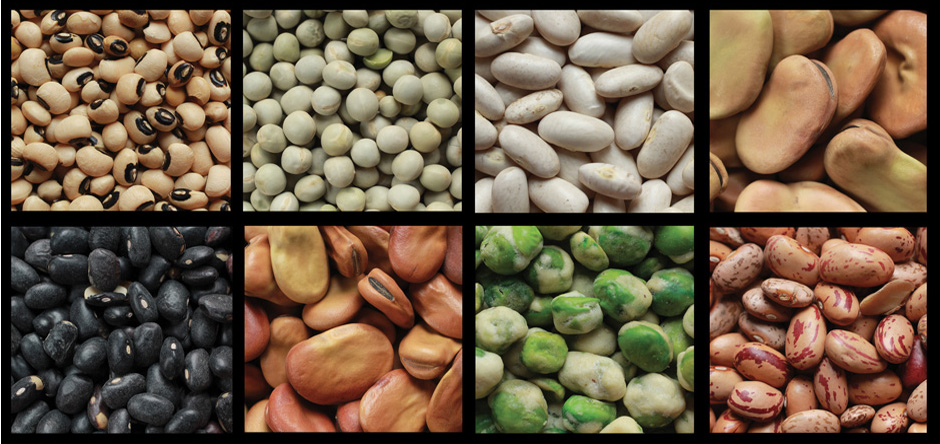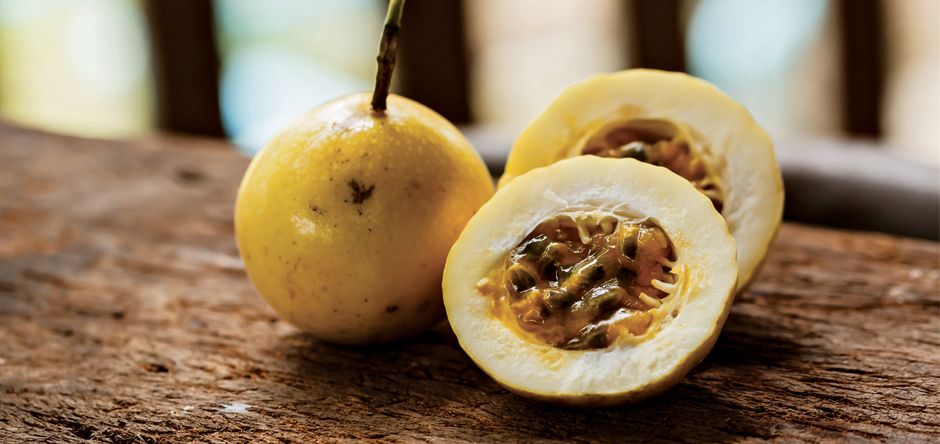Could it be that the Fountain of Youth is hiding in the humble bean?
Since 221 B.C., when the first emperor of China, Qin Shihuang, commanded his wisest Taoist monks to sail the China Sea in search of the Elixir of Long Life, mankind has been searching for the Fountain of Youth. The Taoists never found the magical potion and the emperor died at the age of 49.
But the good news is that a recent scientific study has found the common element in every longevity diet — the humble bean. It’s the same beans that cowboys cooked over an open fire and that became the staple food of our forefathers, who pioneered the Wild West and entertained their children with stories of the Giant in “Jack and the Beanstalk.”
But this is not a fairy tale. This was the conclusion of a comprehensive study by Dan Buettner — a National Geographic fellow and author of an enlightening book, “The Blue Zones Solution: Eating and Living Like the World’s Healthiest People” — along with Michel Poulain, a Belgian demographer; Paolo Francalacci, an Italian evolutionary geneticist; and Gianni Pes, an Italian physician and researcher. For the past 11 years, they have been studying what they call “the blue zones” around the world to discover where people live the longest with the lowest rates of chronic disease.
One study, involving the U.S., Okinawa, Greece and Costa Rica showed that beans were the only food that actually predicated a longer life. For each 20-gram serving (about two tablespoons) eaten a day, the chance of early death dropped by 8 percent. Apparently the good bacteria that prosper in our tummies adore beans, too. The high fiber content in beans serves as a gut compost of sorts, enabling healthy bacteria to thrive. Dollar for dollar, most beans deliver more protein than beef.
According to Buettner, writing in a Wall Street Journal article, “Seventh-day Adventists, America’s longest-lived subculture, eat all kinds of beans, taking their cue from God’s guidance in Genesis to eat the fruit of ‘seed-bearing plants.’” There is a wide variety of beans with equal nutritious value. Fava beans are the favorite choice in Sardinia, black beans on Costa Rica’s Nicoya Peninsula, lentils in Ikaria, Japan, and soybeans on Okinawa.
More than 65 percent of what people in the blue zones eat comes from complex carbohydrates — sweet potatoes in Okinawa, wild greens in Japan, squash in Greece and corn in Costa Rica. In addition to beans, the diets of these countries consist mainly of fruits, vegetables and whole grains. The people there eat meat but only small amounts, about five times a month, usually on special occasions.
A decade ago, when Buettner first studied 14 mountain villages on the Italian island of Sardinia — home to one of the world’s most genetically homogenous populations, second only to Iceland — scientists theorized that genes played an important role in their extraordinary longevity. But since then, the notion of a genetic advantage has been questioned and further studies revealed the importance of diet.
Studies showed that the genetic markers of the centenarians — including markers associated with cardiovascular mortality, cancer and inflammation — didn’t diverge significantly from those of the general population.
In other words, “man cannot live by bread alone.”
There is another important factor in acquiring the full benefit of beans. The true longevity recipe transcends food to encompass a web of social and cultural factors. Food should be enjoyed in the company of friends. The life of the centenarians in the mountain villages showed that even the healthiest diet isn’t enough by itself to promote long life. The support of a community is significant. Life in these villages is vigorous. People are never alone. They gather together every morning for coffee and savor each other’s company. They rarely suffer from dementia or loss of memory. They talk to each other without cell phones. For entertainment they count on one another, not television. They play dominoes and drink homemade Cannonau wine. If a shepherd loses his flock, other shepherds donate sheep.
Preparing food is also a social occasion. While most bread metabolizes almost immediately into sugar, spiking insulin levels, Sardinian sourdough bread actually lowers a meal’s glycemic load. After spending a couple of hours with Sardinian women, Buettner realized that bread was only one ingredient in a larger group of benefits. While joking and gossiping, the women chopped wood, stoked the oven and vigorously kneaded the bread for 45 minutes (more exercise than going to the gym).
In the U.S. you’re likely to die eight years earlier if you’re lonely compared with people who have strong social networks. There are no retirement homes in the blue zones. A love for family is customary and grandparents know their children will care for them. Buettner’s team found that people in blue zones are nudged into physical activity every 20 minutes. They burn 500 to 1,000 calories a day, which keeps their metabolism humming at a higher rate.
I have always loved baked beans and after reading this study I have decided to do my friends a good turn and serve humble but healthy baked beans at black-tie dinner.




